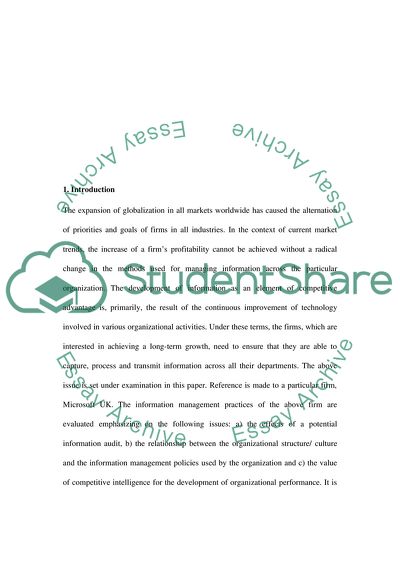Cite this document
(IT Systems Strategy Of A Company - Microsoft Corporation, UK Research Paper - 1, n.d.)
IT Systems Strategy Of A Company - Microsoft Corporation, UK Research Paper - 1. Retrieved from https://studentshare.org/information-technology/1747804-it-systems-strategy-of-a-company
IT Systems Strategy Of A Company - Microsoft Corporation, UK Research Paper - 1. Retrieved from https://studentshare.org/information-technology/1747804-it-systems-strategy-of-a-company
(IT Systems Strategy Of A Company - Microsoft Corporation, UK Research Paper - 1)
IT Systems Strategy Of A Company - Microsoft Corporation, UK Research Paper - 1. https://studentshare.org/information-technology/1747804-it-systems-strategy-of-a-company.
IT Systems Strategy Of A Company - Microsoft Corporation, UK Research Paper - 1. https://studentshare.org/information-technology/1747804-it-systems-strategy-of-a-company.
“IT Systems Strategy Of A Company - Microsoft Corporation, UK Research Paper - 1”, n.d. https://studentshare.org/information-technology/1747804-it-systems-strategy-of-a-company.


